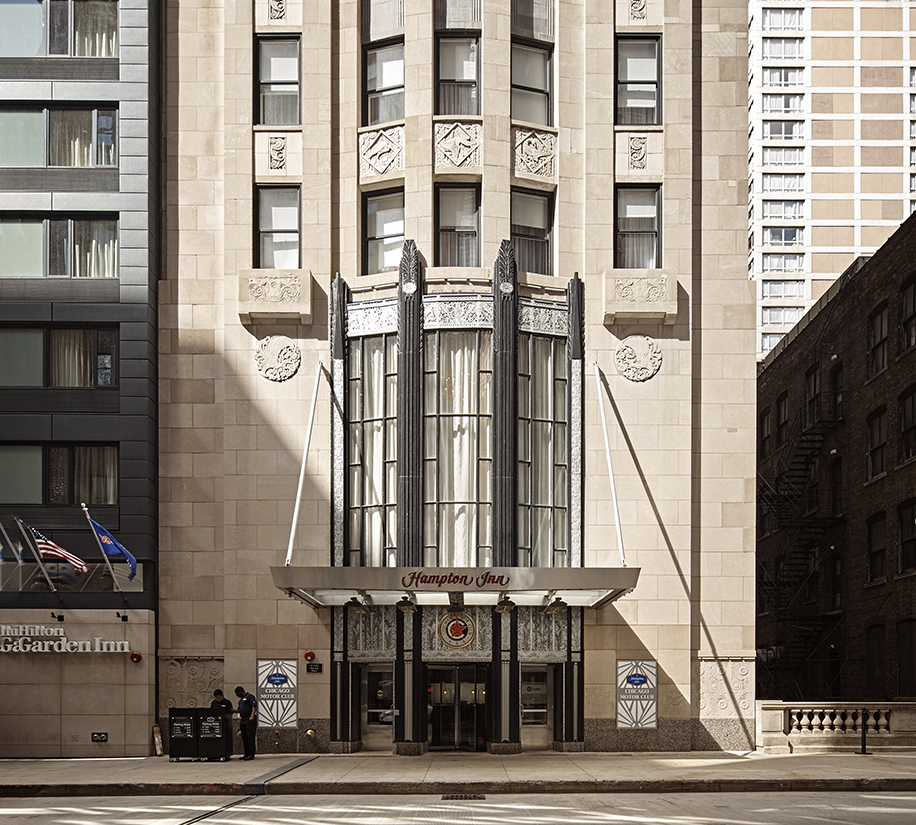The Narragansett Apartments is an Art-deco skyscraper designed by Leichenko & Esser, and built in 1929 in Chicago, IL.
Its precise street address is 1640 East 50th Street, Chicago, IL. You can also find it on the map here.
The Narragansett Apartments is a structure of significant importance both for the city of Chicago and the United States as a nation. The building embodies the distinctive characteristic features of the time in which it was built and the Art Deco style. Because of that, the Narragansett Apartments was officially included in the National Register of Historic Places on April 18th 2005.







